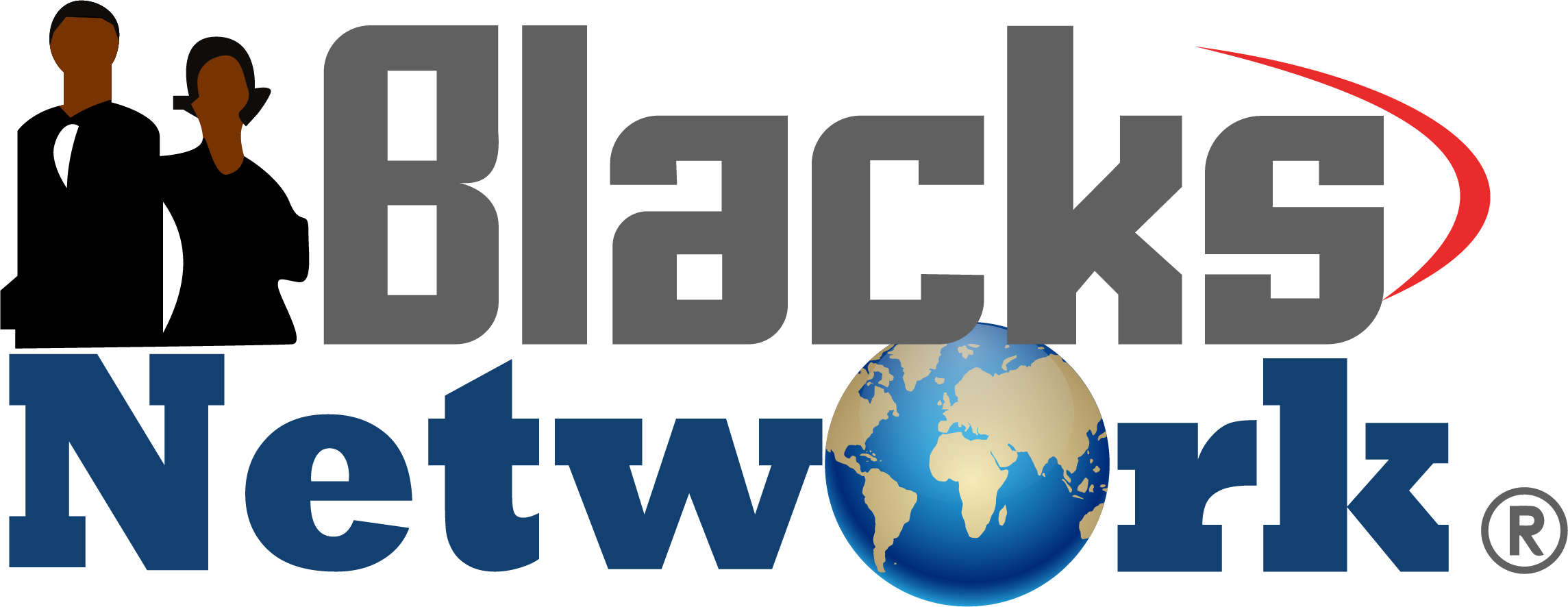Explain the Docker Architecture: Docker Daemon, Client, Images, Containers
Introduction:
Docker Online Training plays a vital role in helping IT professionals understand container orchestration. Before diving into Kubernetes, it’s essential to understand the foundation: Docker. Docker is a platform that simplifies the process of building, shipping, and running applications inside lightweight, portable containers. These containers encapsulate the application along with all its dependencies, making them easy to deploy across various environments. Docker architecture consists of four key components: Docker daemon, Docker client, Docker images, and Docker containers. Understanding how these components work together is critical for anyone interested in managing containerized applications.
Docker Daemon
At the heart of Docker architecture is the Docker daemon, a background service responsible for managing containers on the host system. The Docker daemon is responsible for listening to Docker API requests, building and running containers, and managing Docker objects such as networks and volumes. When a Docker client sends commands to interact with containers, it's the Docker daemon that executes these commands. By handling the complex processes behind the scenes, the Docker daemon ensures that the system can run multiple containers simultaneously while maintaining isolation between them.
In a Kubernetes setup, Docker daemons on different nodes allow Kubernetes to manage multiple containers efficiently, ensuring seamless application scaling. Learning how Docker daemons function is an essential part of mastering Docker and Kubernetes. Enrolling in a Docker and Kubernetes Course provides insights into managing daemons and scaling them across clusters.
Docker Client
The Docker client serves as the interface that allows users to interact with the Docker daemon. It can be accessed via a command-line interface (CLI) where users can input commands like docker build, docker run, or docker stop to create, run, or stop containers. The Docker client translates these commands into API calls, which are then processed by the Docker daemon. This client-server model ensures that even though the user interacts with the client, all the actual container orchestration happens in the daemon.
The Docker client is integral for developers who work with containerized applications. For those learning through Docker Online Training, mastering Docker commands is the first step toward understanding more complex orchestration frameworks like Kubernetes.
Docker Images
A Docker image is a read-only template used to create containers. Each image contains the code, runtime libraries, and configurations needed for an application to run. Docker images can be built from scratch or pulled from public repositories such as Docker Hub. The concept of layering in Docker images allows for efficient use of resources, as only the differences between images are stored.
The flexibility and portability of Docker images make them ideal for use in both Docker and Kubernetes environments. In Kubernetes, containers are deployed based on Docker images, allowing for consistent application behaviour across various stages of the software lifecycle—from development to production.
By taking a Docker and Kubernetes Course, developers can gain hands-on experience in creating Docker images, optimizing them for performance, and using them in large-scale Kubernetes deployments.
Docker Containers
Docker containers are the runtime instances of Docker images. They are isolated, portable, and lightweight, making them ideal for running applications across different platforms. A container packages everything needed to run the application—code, libraries, dependencies—into a single unit, ensuring that the application behaves the same regardless of where it is deployed. Containers use the host system's kernel but remain isolated from the rest of the system, providing a lightweight alternative to traditional virtual machines.
In Kubernetes, Docker containers are managed, scaled, and orchestrated across a cluster of machines. Kubernetes ensures that the right number of containers are running, reschedules failed containers, and offers load balancing between containers. For professionals seeking to work with Kubernetes, a solid understanding of Docker containers is crucial, and a Docker Online Training course provides the necessary skills to manage them effectively.
Docker and Kubernetes Overview with Tips
While Docker excels at containerizing applications, Kubernetes shines in orchestrating these containers across multiple machines. Kubernetes provides features like automatic scaling, self-healing, and rolling updates that make managing containers at scale easier. Docker and Kubernetes together form a powerful combination for cloud-native development.
For those new to the field, here are a few tips:
1. Start Small: Begin by mastering Docker before moving on to Kubernetes. This approach allows for a gradual learning curve, making it easier to understand how containers work.
2. Use Docker Compose: Before diving into Kubernetes, experiment with Docker Compose to manage multi-container Docker applications. This will help bridge the gap between running single containers and orchestrating complex applications in Kubernetes.
3. Leverage Public Repositories: Take advantage of public Docker images available on Docker Hub. These images are maintained by experts and can save time when setting up common services like databases, web servers, or messaging queues.
4. Keep Security in Mind: Always scan your Docker images for vulnerabilities and follow best practices to avoid security risks in both Docker and Kubernetes environments.
By enrolling in a Docker and Kubernetes Course, professionals can learn these tips and more, ensuring they have the knowledge to effectively use Docker and Kubernetes in real-world projects.
Conclusion
In conclusion, understanding Docker architecture—Docker daemon, Docker client, Docker images, and Docker containers—is crucial for anyone aiming to work with containerized applications. Docker simplifies the process of building and running applications, while Kubernetes takes container orchestration to the next level by providing the tools needed to manage large-scale deployments. For those interested in learning how to deploy, manage, and scale applications using these technologies, enrolling in a Docker Online Training or Docker and Kubernetes Course is the perfect way to get started. By mastering Docker and Kubernetes, professionals can build scalable, secure, and efficient applications that meet the demands of modern cloud environments.
Visualpath is the Best Software Online Training Institute in Hyderabad. Avail complete Docker and Kubernetes worldwide. You will get the best course at an affordable cost.
Attend Free Demo
Call on - +91-9989971070.
WhatsApp: https://www.whatsapp.com/catalog/919989971070/
Visit: https://www.visualpath.in/onli....ne-docker-and-kubern
Visit Our New Course: https://www.visualpath.in/onli....ne-best-cyber-securi










 1 (877) 773-1002
1 (877) 773-1002